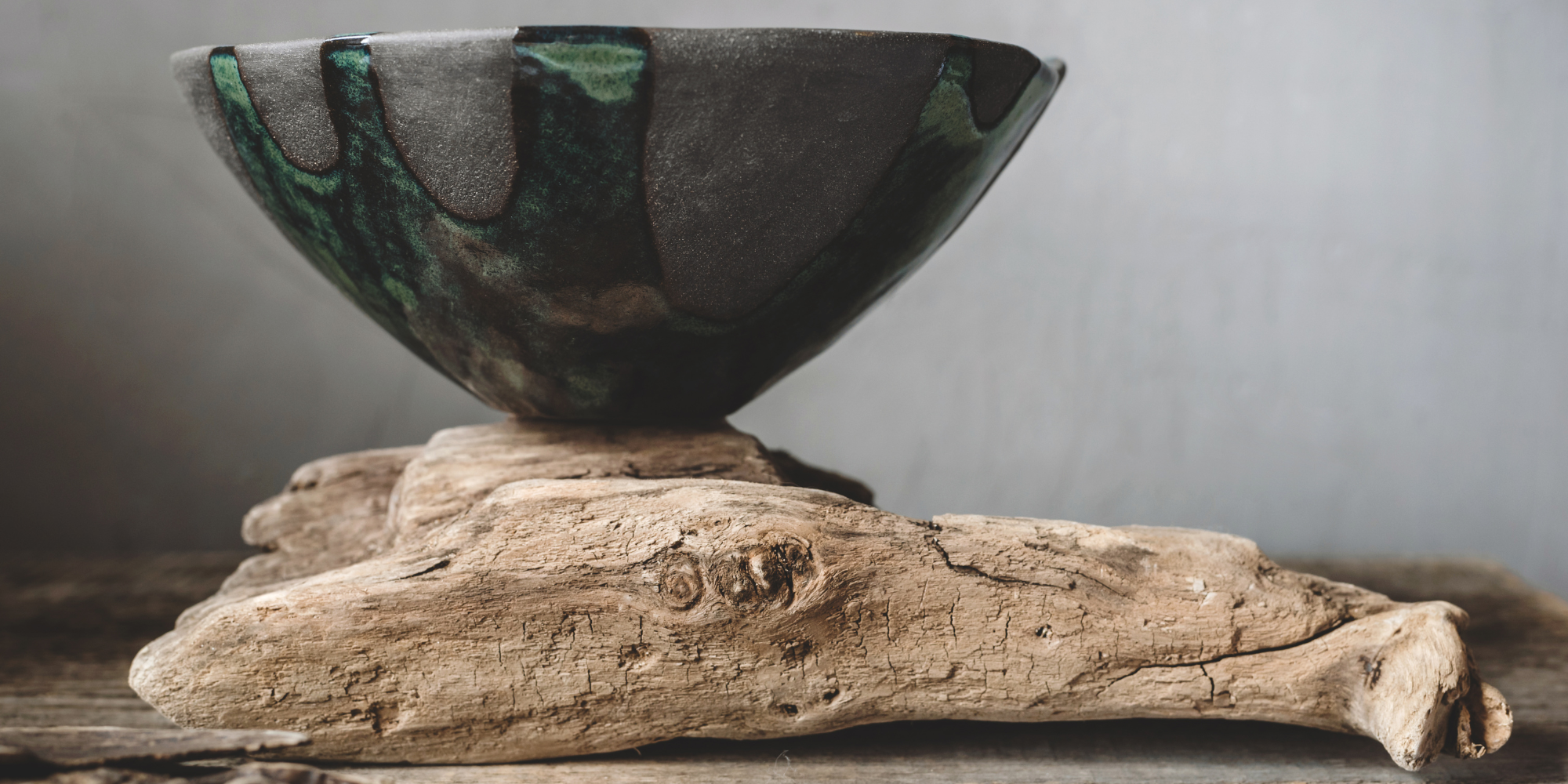Wabi-Sabi, an ancient Japanese philosophy, embraces the fleeting aspect of existence by highlighting the beauty in imperfection. These profoundly ingrained Japanese aesthetic values are simplicity, humility, and the passage of time. In an era where perfection is often sought, Wabi-Sabi provides a new viewpoint by stressing the elegance inherent in the imperfect and impermanent. Initially emerging in the ancient tea ceremony, its influence has spread far and wide, greatly influencing contemporary art. This article dives into the fascinating history of Wabi-Sabi, its current artistic interpretations, and its emotional and ecological repercussions. It analyzes how this ideology impacts creative expression while also encouraging personal growth and a greater respect for the world’s inherent flaws.
Historical Origins:
Wabi-Sabi first appeared in the ancient Japanese tea ritual, where the use of uneven, handmade tea bowls symbolized a break from the desire of perfection. These flawed and simple bowls were respected for their special beauty, in stark contrast to the elaborate aesthetics found throughout other civilizations. The concept progressively permeated numerous facets of Japanese art and design, establishing the groundwork for a unique worldview.
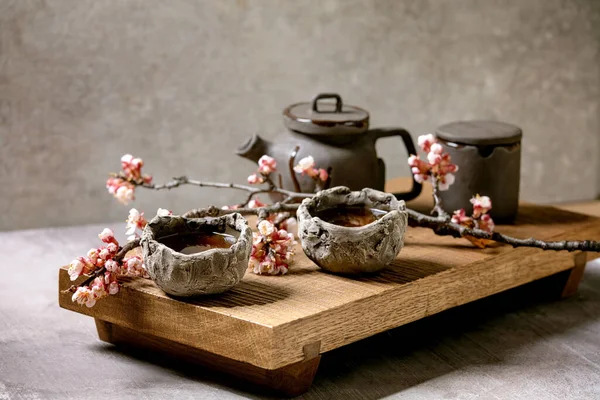
Wabi-Sabi in Modern Art:
This Concept breathes on fresh life in modern art. Artists are becoming more attracted to materials and subjects that represent ephemerality and imperfection. These artists stress the fleeting element of life by working with natural, often ephemeral materials. Their works of art frequently contain asymmetry, roughness, and a tangible feeling of time passing by, enabling viewers to recognize beauty in the imperfect and fleeting.
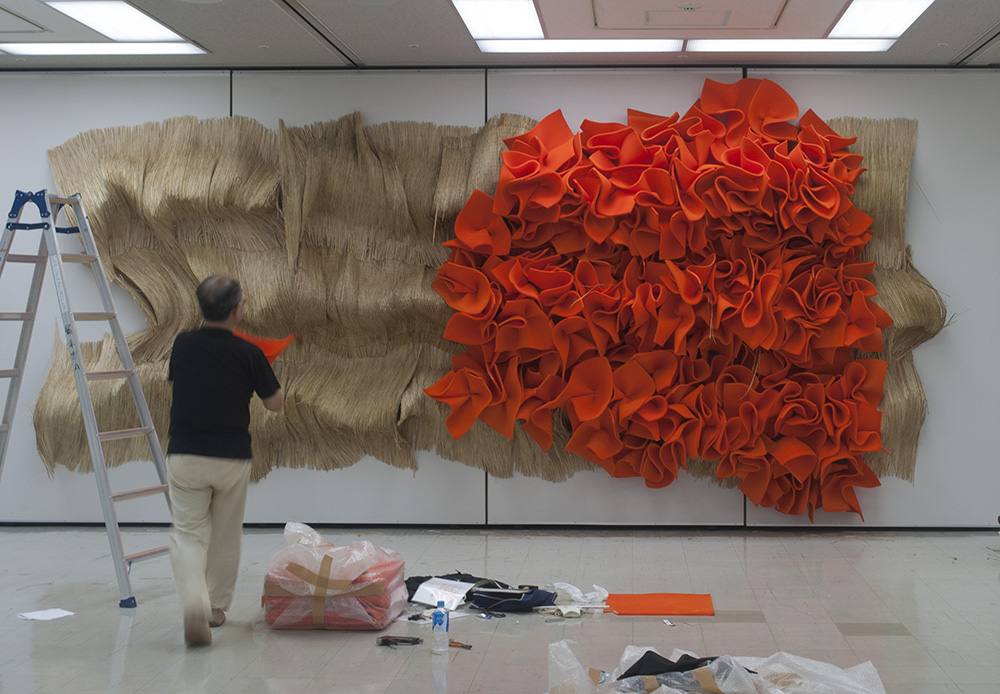
Emotional Resonance:
The emotional impact of Wabi-sabi is extremely deep. Wabi-Sabi art provides an ideal environment for reflection and introspection in a society that frequently emphasizes the contemporary and faultless. It teaches us to see the beauty in the old, weathered, and flawed. This embracing may give rise to a greater awareness of life’s discontinuity, which can promote feelings of tranquility and satisfaction.

Sustainability and Wabi-Sabi:
Wabi-Sabi’s ethics additionally intersects with modern worries related to sustainability. Wabi-Sabi supports a culture of recycling and reuse by honoring items that are old and imperfect, countering the throwaway mindset that pervades much of modern consumption. Wabi-Sabi art thus serves not just an aesthetic function but also sends a profound environmental message.
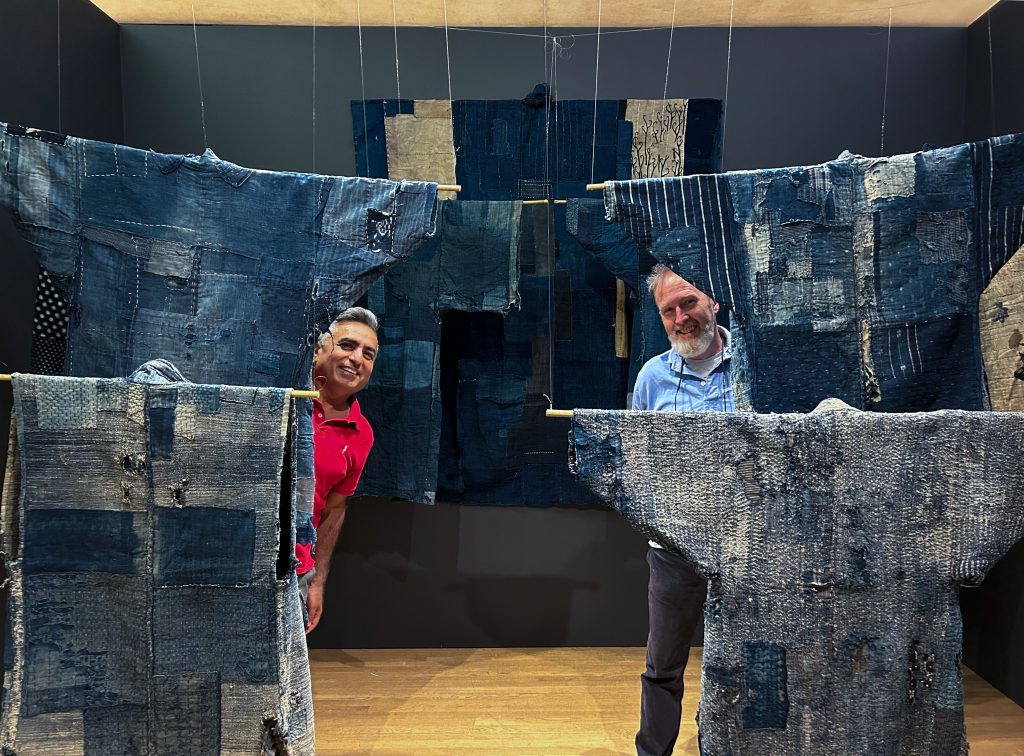
Influence on Other Cultures:
While Wabi-Sabi is precisely Japanese, its impact has expanded worldwide. Artists all through the world are adopting its tenets, employing them to examine themes of impermanence and imperfection in their particular cultural contexts. This multicultural adoption contributes to a more inclusive and diversified concept of beauty in the global scene.
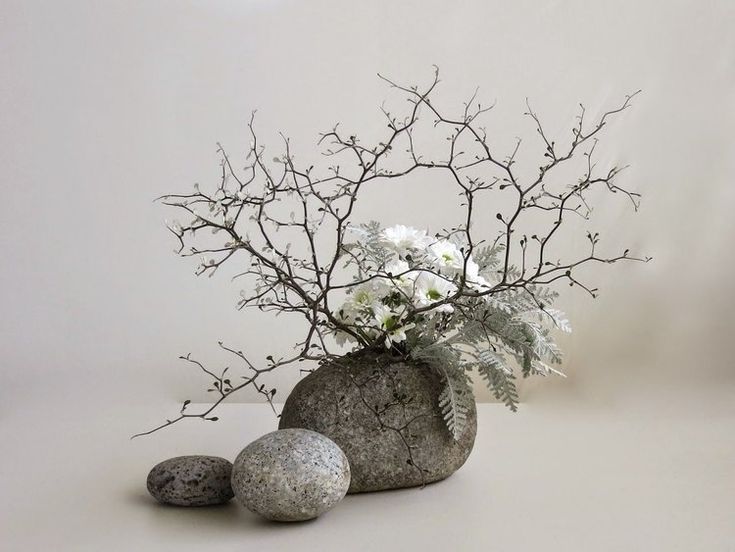
Personal Reflection and Growth
Interacting with Wabi-Sabi may be a path of intellectual development for individuals. It instructs us to accept our imperfections as well as the defects of the world around us. We may get a better appreciation for the originality and distinctiveness of our life in this way, generating a sense of peace and resilience in the face of change.
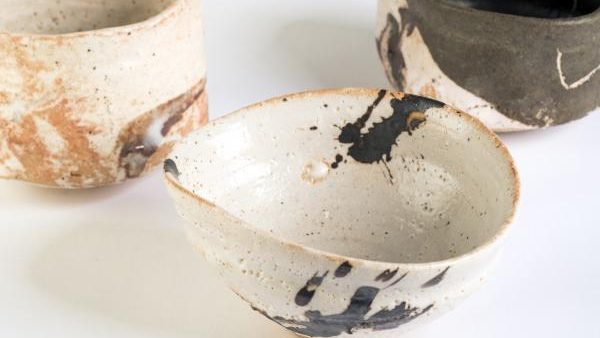
At long last, the eternal concept of Wabi-Sabi offers a deep insight in our contemporary culture. It teaches us to see the beauty in the faults and transience of life. We learn to enjoy the basic, the elderly, and the inherently imperfect when we embrace this concept. The use of this technique not only enhances our artistic experiences, but also promotes a greater knowledge of life itself. Wabi-Sabi concepts provide vital guidance as we traverse our ever-changing reality. They show us the power of openness and the grace of simplicity. We build a more attentive, compassionate attitude of life, art, and the environment around us by adopting this mentality.

